Introduction
In the realm of culinary arts, the humble chili pepper holds a unique and revered place. Its fiery heat and bold flavor can transform even the simplest dishes into culinary marvels. Among the myriad ways to prepare chili peppers, frying them to achieve a perfect balance of crispiness and aroma stands out as a technique that elevates their taste profile to new heights. Whether you’re a seasoned chef or an enthusiastic home cook, mastering the art of frying chili peppers can significantly enhance your culinary repertoire. This comprehensive guide delves into the intricacies of the process, offering insights, tips, and techniques to ensure your chili peppers are fried to perfection.
Understanding the Ingredients
Before diving into the frying process, it’s crucial to understand the characteristics of the chili peppers you’ll be using. Different types of chili peppers vary in terms of heat level, texture, and moisture content. For instance, jalapeños are relatively mild with a fleshy interior, while Thai chilies are incredibly hot and thin-skinned. Choosing the right chili pepper for frying depends on your desired outcome in terms of flavor and texture.
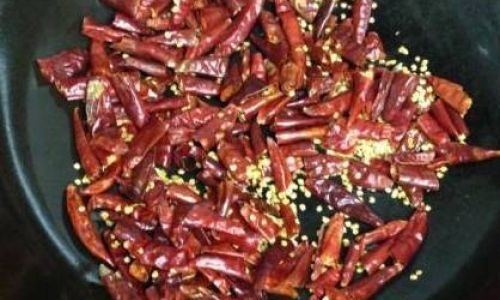
Freshness is key when selecting chili peppers for frying. Old or dried-out peppers lose their moisture and essential oils, which are vital for achieving the desired crispiness and aroma. Look for peppers that are firm, brightly colored, and free from blemishes or soft spots.
Preparation Techniques
-
Cleaning and Drying
Begin by thoroughly washing the chili peppers under running water to remove any dirt or pesticides. Pat them dry using a clean kitchen towel or paper towels. It’s essential to remove as much surface moisture as possible to prevent the oil from splattering during frying and to ensure even cooking. -
Slicing and Seeding
Depending on your preference, you can slice the chili peppers into rings, strips, or leave them whole. Removing the seeds and membranes can reduce the heat level if you prefer a milder dish. However, retaining some seeds and membranes will intensify the flavor and heat. -
Coating (Optional)
For an extra layer of crispiness, you can coat the chili peppers in a thin layer of starch, such as cornstarch or potato starch. This forms a protective barrier that helps the peppers retain moisture while frying, leading to a crunchier texture. Make sure to toss the peppers gently to ensure an even coating without clumping.
The Frying Process
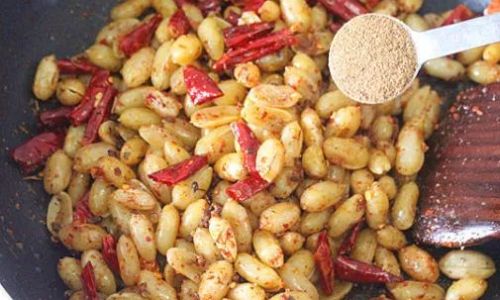
-
Choosing the Right Oil
The type of oil you use for frying chili peppers plays a pivotal role in achieving the desired results. Neutral oils like canola, peanut, or grapeseed are ideal because they have a high smoke point and don’t impart strong flavors that could overshadow the chili peppers. Avoid using olive oil, as its lower smoke point can lead to smoking and burning, which ruins both the taste and aroma. -
Heating the Oil
Pour enough oil into a deep, heavy-bottomed pan or wok to fully submerge the chili peppers. Heat the oil over medium-high heat until it reaches the optimal frying temperature, typically between 350°F and 375°F (175°C and 190°C). A deep-fry thermometer is invaluable for accurately monitoring the oil temperature. -
Frying the Peppers
Carefully add the prepared chili peppers to the hot oil using a slotted spoon or frying basket. Avoid overcrowding the pan, as this will lower the oil temperature and prevent even frying. Fry the peppers in batches if necessary.The frying time will vary depending on the size and thickness of the peppers. Generally, they should be cooked until they turn a vibrant, golden-brown color and develop a crispy exterior. This usually takes between 1 to 2 minutes per batch. Use a pair of tongs or a frying basket to gently stir the peppers occasionally to ensure even cooking.
-
Draining and Cooling
Once the chili peppers have reached the desired level of crispiness, quickly remove them from the oil using a slotted spoon or frying basket and place them on a layer of paper towels to drain excess oil. Allow them to cool slightly before handling, as they will be very hot.
Seasoning and Serving
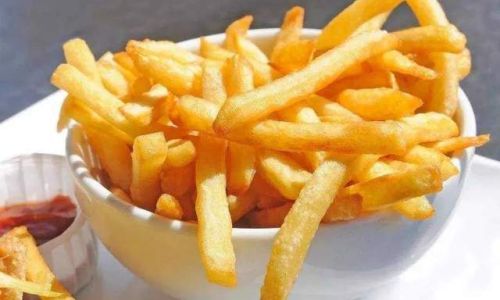
-
Adding Flavor
While still hot, you can season the fried chili peppers with a variety of ingredients to enhance their flavor profile. Salt is a classic addition that brings out the natural sweetness of the peppers and amplifies their aroma. Other options include a sprinkle of fine sea salt, a dusting of chili powder, or a squeeze of lime juice for a zesty kick. -
Combining with Other Ingredients
Fried chili peppers can be enjoyed on their own as a crunchy snack or used as a garnish to elevate the taste of other dishes. They pair wonderfully with stir-fries, noodles, salads, and even desserts that incorporate spicy elements. For a more complex flavor, consider tossing them with toasted sesame seeds, chopped garlic, or a drizzle of soy sauce.
Storage and Reheating
Properly stored, fried chili peppers can maintain their crispiness and flavor for several days. Place them in an airtight container lined with paper towels to absorb any excess moisture. Store the container in a cool, dark place away from direct sunlight and heat sources.
To reheat, you can place the peppers in a single layer on a baking sheet and warm them in a preheated oven at 300°F (150°C) for about 5 minutes, or until they regain their crispiness. Alternatively, you can use a microwave, but be cautious of overcooking, which can lead to soggy peppers.
Troubleshooting Common Issues
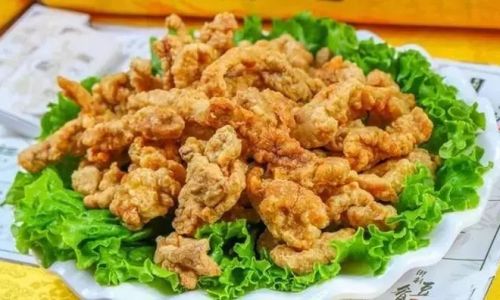
-
Soggy Peppers
Soggy peppers often result from overcrowding the pan, using oil that’s not hot enough, or not draining excess moisture before frying. Ensure the oil is at the correct temperature, fry in small batches, and thoroughly dry the peppers before frying. -
Burnt Peppers
Burning can occur if the oil is too hot or the peppers are left in the oil for too long. Use a thermometer to monitor the oil temperature and keep a close eye on the peppers during frying. -
Oil Splattering
Oil splattering can be dangerous and messy. Make sure the peppers are thoroughly dried before frying, and use a splatter guard if necessary.
Conclusion
Frying chili peppers to achieve the perfect balance of crispiness and aroma is an art that requires patience, precision, and a keen understanding of the ingredients and techniques involved. By following the guidelines outlined in this guide, you’ll be well-equipped to create delicious, crunchy chili peppers that elevate any dish they touch. Whether you’re a culinary professional or an enthusiastic home cook, mastering this technique will undoubtedly expand your culinary horizons and delight your taste buds. Happy frying!
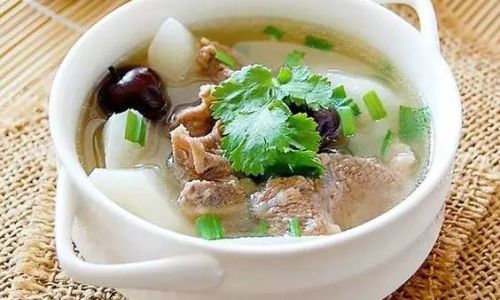
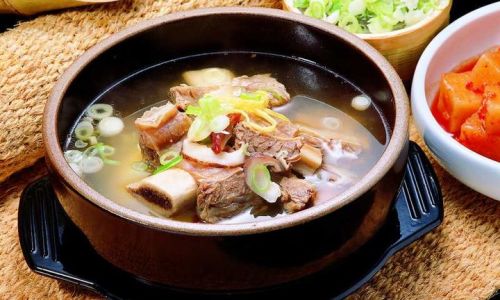
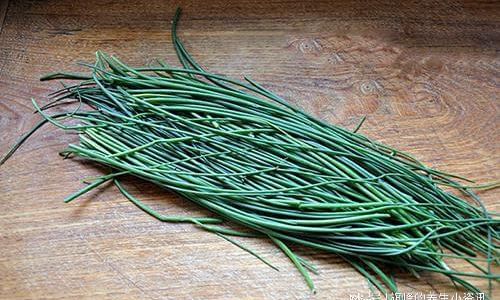
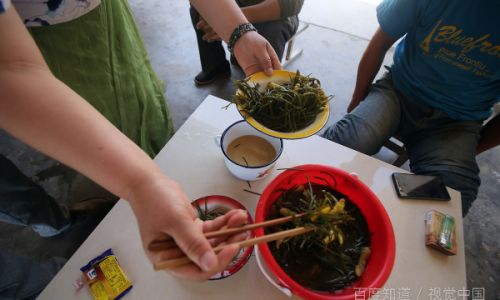
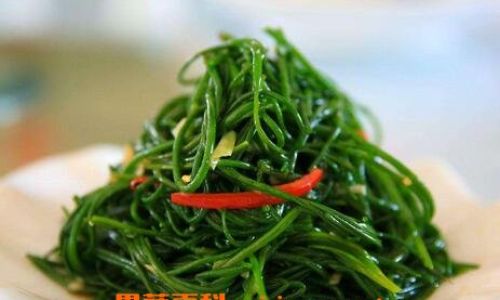
0 comments